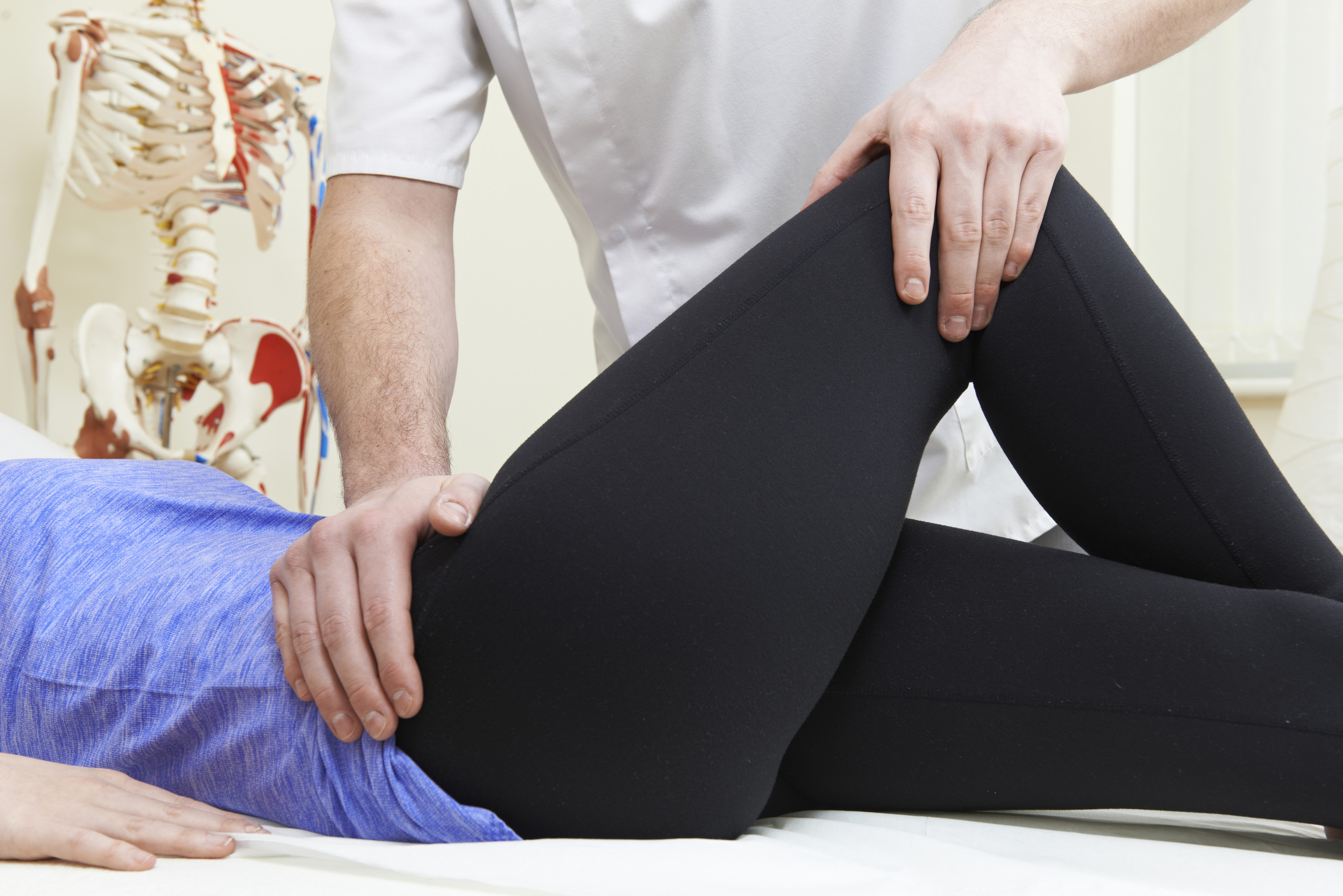Tips for strengthening your hips
One of the biggest fears connected to aging is breaking a hip. Researchers for the National Institutes of Health estimate that one in three women and one in 12 men will fracture a hip during their lifetimes. Around 86% of hip fractures occur in people who are 65 and older but fractures can also happen at younger ages, especially if care is not taken to keep the hips strong. Hip fractures can bring on a significant loss of independence as well as a financial burden. One of the best defenses against hip fractures is to keep your hips strong as you age.
Why are hips so important?
All of the parts of the human body are designed to work together. The hips are right in the middle of the body and bear the weight of the body. They are very flexible and help the body to sit, stand and walk. There are more than 20 muscles that cross the hip to make movement possible. When these muscles are healthy and strong, they can do their job. However, if these muscles are not exercised regularly, they begin to tighten and function less efficiently. This can affect a person’s balance, which can lead to falls. If the hip bones have loss density, a fracture is likely.
Additionally, when the hips are not doing their job correctly, the body comes up with an alternative way to make things work, which often involves making muscles and joints do things they weren’t designed to do. Lower back, knee and ankle problems can be affected by hip strength. Range of motion, circulation and other body functions may also be affected. Keeping your hips strong and healthy allows the body to operate properly.
How can hips be strengthened?
In general, bones become stronger and denser when demands are placed on them. When weight is placed on your bones, the body responds to the demand by growing new bone tissue. So, when you walk, climb stairs or play sports, you are improving the density of the bones in your body. Conversely, when you sit around and are inactive, bone mass begins to decrease. Sitting in a chair or lying in bed does not put weight on the bones so there is no stimulus for growth. Being confined during a time of recovery can lead to decreased bone density.
Resistance training adds an even bigger boost to bone strengthening. Resistance training involves exercising with weights or resistance bands. This additional stress strengthens the muscles and tendons around the bones and makes them pull harder on the bones. This increased pull stimulates the bones to build more mass, which means stronger bones.
What kinds of exercise will build hip strength?
One example of a simple hip strengthening exercise starts with positioning a chair with the back against the wall. Sit at the front of the chair. Bend your knees and place your feet flat on the floor about a hip-width apart. Cross your arms and place your hands on your shoulders. Lean back in a half-reclining position and bring your upper body forward slowly until you are standing. Be sure to keep your head, neck and back in a straight line. Then slowly sit down, still holding your head and neck in a straight line with your arms crossed. Do this eight to 15 times. Then rest a few minutes. Repeat the movements a second time. After this exercise becomes easier, step up the resistance by holding a weight in each hand as you cross your arms over your chest. There are many other simple exercises that address different parts of the hip.
Before starting any exercise routine, check with your doctor or physical therapist, especially if you have joint or bone conditions. A physical therapist can help you select exercises that are best for you so that you receive the maximum benefit.
When extra help is needed
After a hip fracture or other medical event, extra care is needed to regain strength and balance. One of the best ways to receive this level of focused therapy is to recover in a short-term care facility where there is an experienced staff of professionals ready to move you back to an independent lifestyle as quickly as possible.
Glenview Terrace is a Medicare five-star rated center for recovery that offers this level of care for all its guests in its orthopedic rehabilitation pavilion. Glenview Terrace’s top licensed therapists work one-on-one with guests seven days a week on outcome-focused strategies designed to develop strength, endurance and range-of-motion.
Guests who choose Glenview Terrace for their post-hospital rehabilitation will also have access to board-certified medical directors and physicians from local hospitals to ensure continuity of care. A clinical nurse liaison can complete a personalized assessment even before you leave the hospital to make sure all is ready upon arrival at Glenview Terrace. A nurse practitioner is on-site to work directly with your physician to help quickly diagnose and manage your medical needs. An orthopedic rehabilitation nursing manager will guide your nursing team so you can reach the best possible outcome while the director of therapy oversees your therapy goals.
This effective period of rehabilitation is set in elegantly appointed surroundings. Comfortable rooms with deluxe walk-in showers, attentive concierge service, cable television, daily housekeeping services and much more make your stay comfortable.
For the best recovery option after a hospital stay, chose Glenview Terrace. With its outstanding clinical outcomes and acclaimed therapy, you can expect to get back to the independent lifestyle you desire. For additional information or to arrange a tour, visit glenviewterrace.com or call 847-729-9090.
Back
